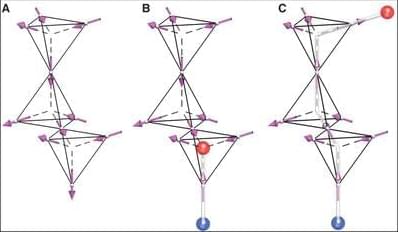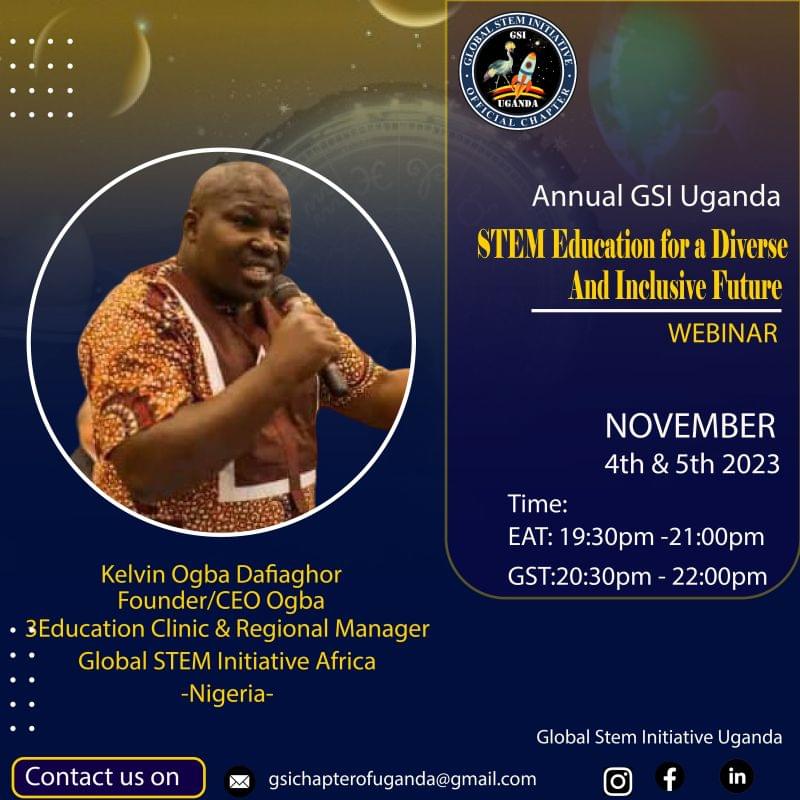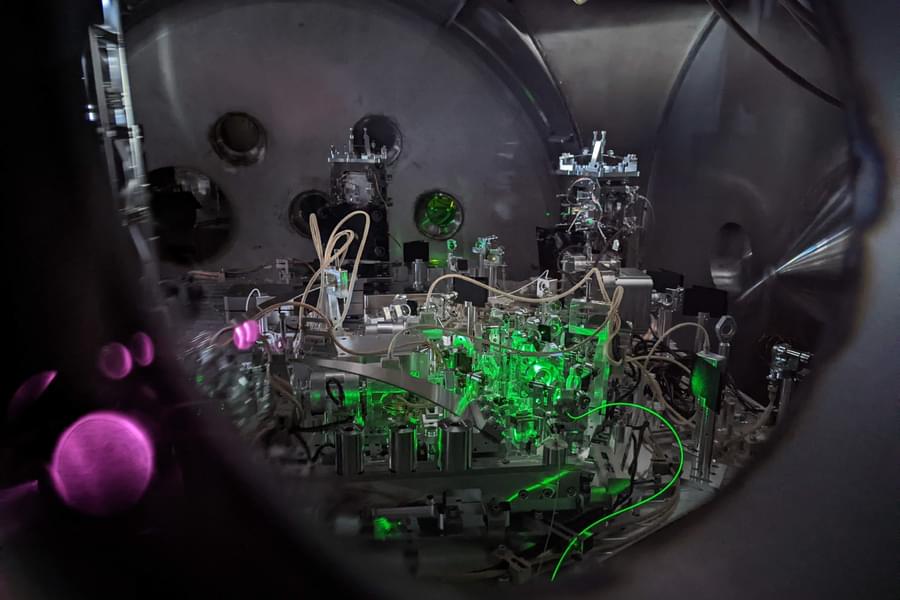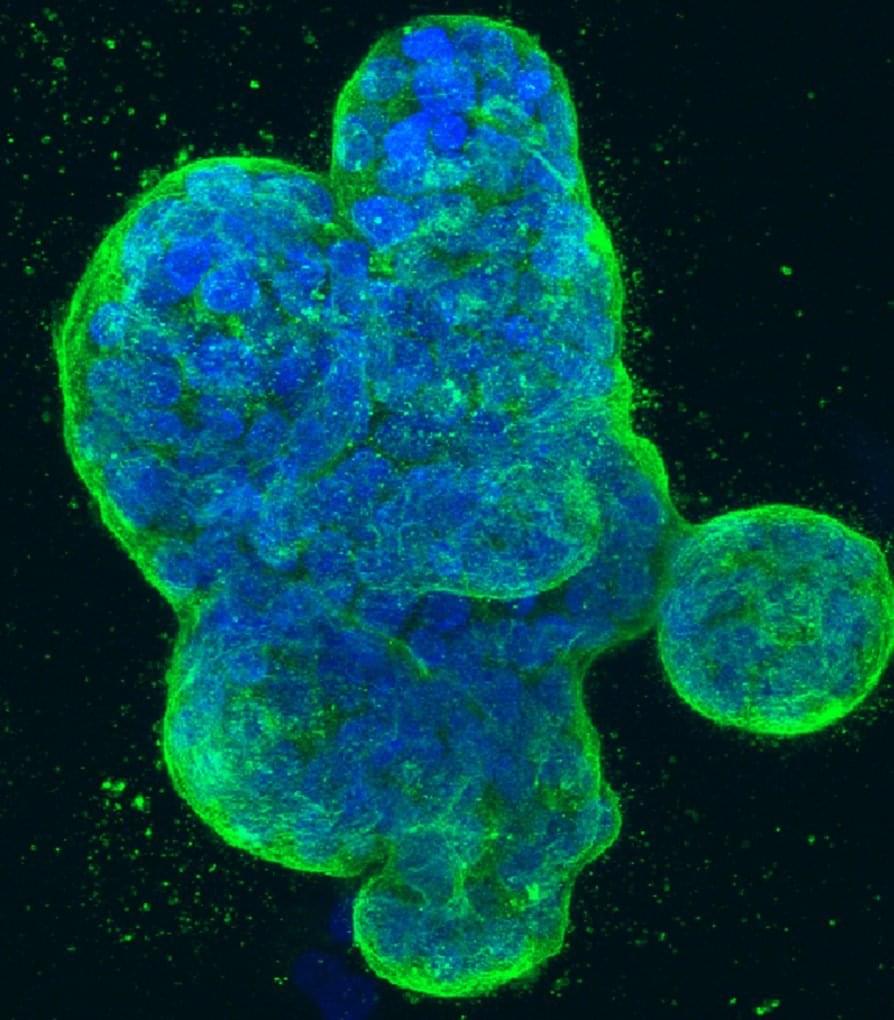Scientists from the University of Science and Technology of China and Tencent’s YouTu Lab have developed a tool to combat “hallucination” by artificial intelligence (AI) models.




“Meet Kelvin Dafiaghor, a distinguished luminary in the fields of education and technology. As the Founder and Director of Ogba Educational Clinic in Nigeria, he has dedicated a decade to integrating AI and STEM education into African learning, particularly excelling in robotics and AI. His commitment extends globally, showcased by his participation in prestigious events like FINTECH Abu Dhabi in 2018 and a high-level conference in Morocco in 2019, where he advocated fervently for innovation and artificial intelligence as transformative forces in Africa. In 2021, he made a lasting impact at GISEC Dubai, emphasizing the role of AI in cybersecurity. Additionally, as the Regional Manager for Global STEM Initiative, he’s passionate about advancing STEM education worldwide. #gsiuganda #comingsoon Andrew Webb-Buffington KELVIN OGBA DAFIAGHORJosselin LavigneKasule RaphaelLorraine Tsitsi MajiriLily R. ASONGFACIvan Peter OtimKimani NyoikeGlobal STEM Initiative (GSI)RIIS LLC.


Get a Wonderful Person Tee: https://teespring.com/stores/whatdamath.
More cool designs are on Amazon: https://amzn.to/3wDGy2i.
Alternatively, PayPal donations can be sent here: http://paypal.me/whatdamath.
Hello and welcome! My name is Anton and in this video, we will talk about recent discoveries about human brain and various types of neuronal cells.
Links:
https://www.nature.com/articles/d41586-023-03192-2
https://nemoarchive.org/
https://www.science.org/collections/brain-cell-census.
https://www.science.org/doi/10.1126/science.adc8810
https://news.rub.de/english/press-releases/2022-06-0…ir-neurons.
https://www.nature.com/articles/s41559-022-01933-6
https://www.nature.com/articles/s41586-023-06502-w.
https://www.nature.com/articles/s41593-023-01284-w.
https://elifesciences.org/articles/76143
Previous video on major discoveries: https://youtu.be/iGdFh3ENjzc.
More about Neanderthals: https://youtu.be/BvrBl9-TbBs.
#brain #neuron #neuroscience.
0:00 Recent papers on the human brain.
1:00 Human brain atlas and 3,000 new types of cells.
2:00 What was this collaboration for?
2:40 Unexpected complexity of cells in certain brain parts.
4:00 Are there a lot of individual differences? Yes!
4:40 Physical structure appears same across species.
5:10 Genetic activity is very different though.
5:35 Human disorders are unique to humans.
6:30 Unusual layers protecting the brain — SLYM
7:38 Axons turned out to be more unusual, especially in other species.
9:35 Shape of the brain suggests apes and humans are similar only until adolescence.
12:15 Hippocampus in humans is unique focusing on vision…explaining art?
13:48 New memory cell discovered.
15:45 Limitations.
Support this channel on Patreon to help me make this a full time job:
https://www.patreon.com/whatdamath.
Bitcoin/Ethereum to spare? Donate them here to help this channel grow!
bc1qnkl3nk0zt7w0xzrgur9pnkcduj7a3xxllcn7d4
or ETH: 0x60f088B10b03115405d313f964BeA93eF0Bd3DbF
Space Engine is available for free here: http://spaceengine.org.


Researchers at Baylor College of Medicine have identified a small molecule named 5D4 that can suppress the growth of breast and ovarian cancers in animal models. 5D4 works by binding to TopBP1 protein in cancer cells, disrupting its interactions with several pathways that promote cancer growth. Combining 5D4 with another cancer inhibitor, talazoparib, enhances the effectiveness of the anti-cancer activity.
The study, published in the Proceedings of the National Academy of Sciences, strongly supports continuing the investigation toward further developing this strategy for clinical use.
“Cancer development involves many steps of genetic alterations and signaling pathway deregulation. About 10 years ago, our team discovered that protein TopBP1 is at a convergent point of multiple cellular pathways involved in cancer growth and progression, making it a potential candidate for targeted cancer therapy,” said corresponding author Dr. Weei-Chin Lin, professor of medicine-hematology and oncology and of molecular and cellular biology at Baylor. He also is a member of Baylor’s Dan L Duncan Comprehensive Cancer Center. “Our idea was to identify molecules that would bind to TopBP1 and interfere with its interactions with molecular pathways that promote cancer growth.”

The FLAMINGO project reveals the distribution of dark and ordinary matter in the universe and its impact on the S8 tension in cosmology.
We gaze up at the night sky, captivated by the glittering stars and galaxies that decorate the cosmos. Yet, beneath this mesmerizing spectacle lies a perplexing cosmic conundrum: How is matter truly distributed throughout the universe?
Despite its apparent simplicity, the answer to this question has become a baffling puzzle for scientists. However, a glimmer of hope has emerged in the form of a groundbreaking computer simulation conducted by an international team of astronomers known as the FLAMINGO project, the Royal Astronomical Society announced in a release.

Scientists discovered a molten layer at the base of Mars’s mantle that affects its evolution and magnetic field.
A new study has revealed that Mars has a layer of molten silicates at the base of its mantle, above its metallic core. This finding challenges the previous estimates of the internal structure of the red planet, which were based on the first data from the InSight mission.
The InSight mission, which landed on Mars in 2018, deployed a seismometer to measure the seismic waves generated by quakes and meteorite impacts on the planet. By analyzing these waves, scientists could infer the size and density of Mars’s core, mantle, and crust in a series of papers published in 2021.